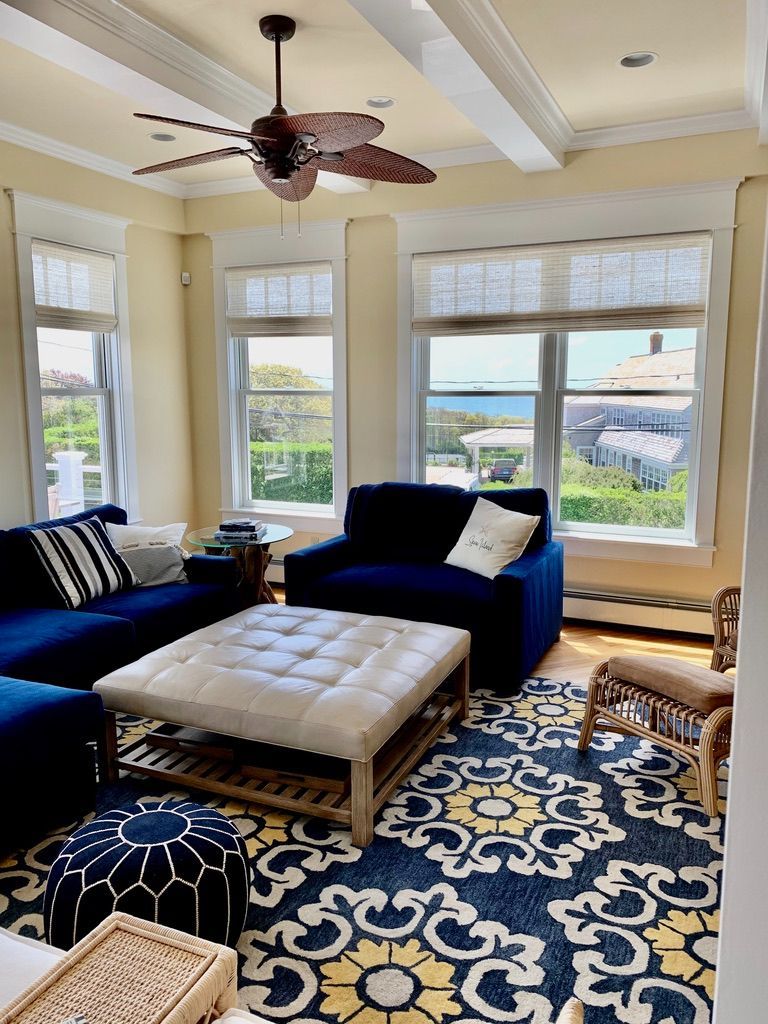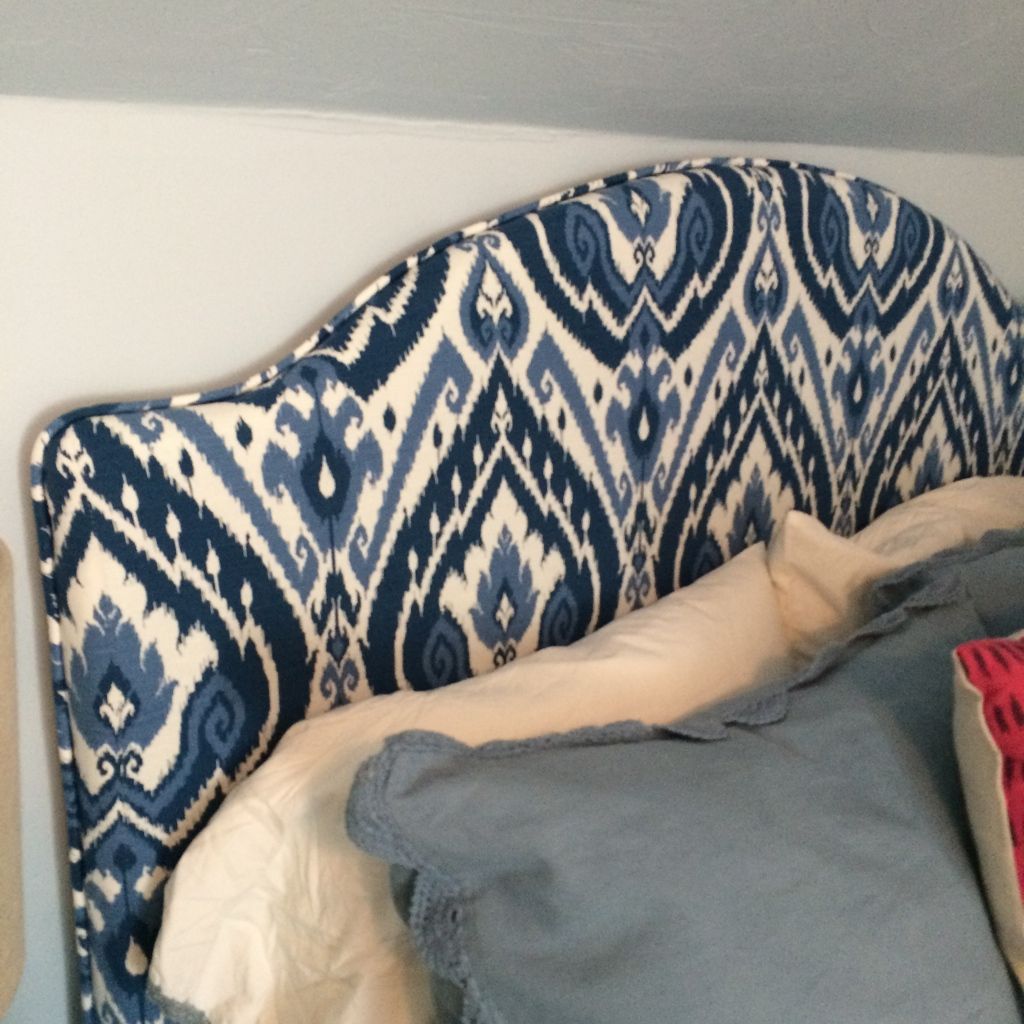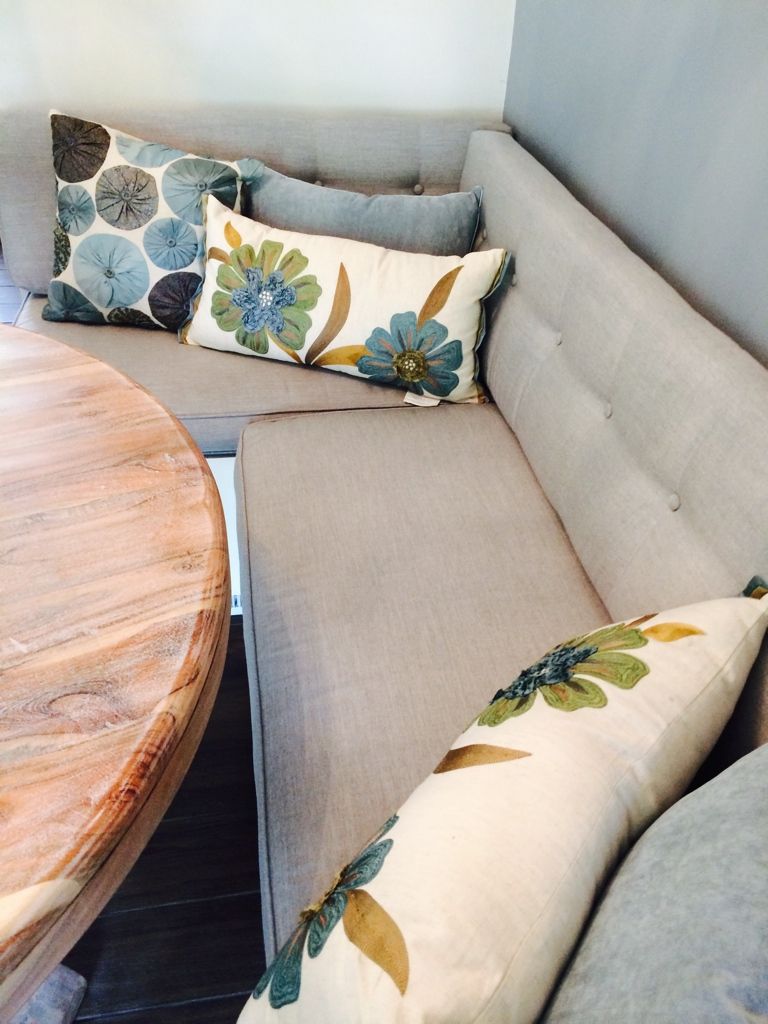Can Drapery Fabric Be Used for Upholstery?
TLDR;
Yes,
drapery fabric can be used for upholstery, but only in specific situations. It must be heavy-duty, tightly woven, and ideally reinforced with backing to handle wear. For high-traffic furniture, true upholstery fabric is the safer choice.
Drapery Fabric for Upholstery: What You Need to Know

Homeowners and designers often ask if drapery fabric works as upholstery. The answer is not simple. Drapery fabrics are designed to hang, flow, and provide aesthetic appeal. Upholstery fabrics are engineered to withstand pressure, friction, and long-term use. Knowing the difference helps you avoid costly mistakes and ensures your furniture lasts.
What Is Drapery Fabric?
Drapery fabric is lightweight to medium weight. It is woven for flexibility, softness, and drape.
- Common fibers: cotton, polyester, linen, silk
- Intended uses: curtains, sheers, panels, valances
- Strength: lower abrasion resistance compared to upholstery fabric
- Weave: often looser to allow light to filter and fabric to flow
Drapery fabrics excel at visual beauty but are not always built to resist daily stress. If you’re new to window treatments, it helps to understand the
three different types of drapes and how they differ in weight, function, and design.
What Is Upholstery Fabric?
Upholstery fabric is specifically created for heavy wear and durability.
- Backing: often includes stabilizers like acrylic, latex, or woven canvas
- Weave: dense and tight to handle tension
- Testing: rated through double rub or Wyzenbeek/Martindale abrasion standards
- Fibers: performance blends, chenille, velvet, microsuede, leather alternatives
Simply Windows recommends upholstery fabrics for high-traffic furniture. They resist sagging, tearing, and premature wear far better than standard drapery materials.
Multipurpose Fabric Explained

Some textiles are labeled as multipurpose fabrics. These sit between drapery and upholstery categories.
- Weight: medium to heavy
- Durability: acceptable for light upholstery projects
- Application: dining chairs, accent furniture, decorative benches
Always check the label. Multipurpose fabrics sometimes meet the abrasion ratings needed for residential use.
Fabric Durability and Performance Metrics

Double Rub Rating
A double rub test simulates sitting and rising on fabric. It measures how many rubs the fabric can take before wear.
- Light-duty residential: 9,000–15,000 double rubs
- Heavy residential: 15,000–30,000 double rubs
- Commercial grade: 30,000+ double rubs
Most drapery fabrics score low on this test, which makes them risky for sofas or frequently used chairs.
Stretch and Weave Density
Drapery fabrics often have more stretch. This means:
- Seams pull apart faster
- Fabric sags under tension
- Shape distortion occurs with frequent use
Upholstery fabrics maintain structure with minimal stretch.
Backing, Finishes, and Treatments
Backing increases strength. Drapery fabric often lacks backing, making it weaker.
Performance finishes also matter:
- Stain-resistant coatings like Crypton
- Soil and odor repellents
- UV protection for sun exposure
When Drapery Fabric Works for Upholstery
Accent Furniture and Low-Use Pieces
Using drapery fabric can work on:
- Occasional chairs
- Bedroom benches
- Ottomans in low-traffic areas
- Decorative side chairs
Choosing the Right Drapery Fabric
Look for fabrics with:
- Heavy weight (thicker than sheers or lightweight cottons)
- Tight weave with minimal stretch
- High double rub rating (if listed)
- Fabric with built-in backing
Reinforcement Options
You can strengthen drapery fabric before upholstering.
- Apply an interlining or fusible backing
- Use muslin or canvas as a stabilizer
- Reinforce seams with extra stitching
- Place drapery fabric on furniture backs or sides instead of seat cushions
Risks and Limitations
Premature Wear
- Seams tear faster
- Fabric thins with constant rubbing
- Sagging occurs in seating areas
Cleaning and Maintenance
Many drapery fabrics are dry-clean only. Upholstery needs to withstand spot-cleaning and sometimes professional cleaning.
Colorfastness
Drapery fabrics may fade quickly under sunlight. Upholstery fabric often includes UV resistance.
Stapling and Bunching
During upholstering, drapery fabric may slip or bunch. Upholstery fabric grips better on frames and padding.
Drapery vs Upholstery Fabric Differences
| Feature | Drapery Fabric | Upholstery Fabric |
|---|---|---|
| Weight | Light to medium | Medium to heavy |
| Backing | Rare | Common |
| Durability | Decorative use | High wear resistance |
| Abrasion rating | Often untested | Industry-tested |
| Applications | Curtains, sheers | Sofas, chairs, benches |
Step-by-Step Guide to Using Drapery Fabric for Upholstery

- Test a swatch with rubbing and pulling.
- Check the weave and weight.
- Apply a backing or stabilizer.
- Add seam allowances to prevent pullout.
- Staple carefully to avoid tearing.
- Reinforce corners and edges.
- Use trim or binding to protect exposed edges.
Fabric Selection for Furniture
When choosing fabric for reupholstery, weigh these factors:
- Use zone: high-traffic vs decorative
- Double rub rating: the higher, the better
- Backing presence: required for durability
- Fiber type: blends last longer than pure fibers
- Maintenance needs: washable vs dry-clean only. Homeowners looking for the best options can explore trusted
drapery fabric stores in Boston to find durable and stylish materials suited for upholstery projects.
Simply Windows often advises clients to mix fabrics. Use upholstery fabric on seats and arms, and drapery fabric on sides or backs for design effect.
FAQs: Quick Answers to Common Questions
Will curtain fabric last on a couch?
Rarely. Sofas see high traffic and need heavy-duty fabric. Drapery fabric will break down too quickly.
Can I use drapery fabric to reupholster chairs?
Yes, but only for decorative chairs or accent furniture that is not used daily.
What weight of drapery fabric is safe for upholstery?
Choose medium to heavy fabrics with dense weave and at least a moderate abrasion rating.
How many double rubs do I need for upholstery?
For residential chairs or sofas, at least 15,000 double rubs are recommended.
Can I mix drapery and upholstery fabrics in one piece?
Yes. Many designers combine them to achieve a custom look while preserving durability where needed.
Drapery Fabric for Upholstery in Modern Homes
The choice between drapery and upholstery fabrics depends on use. Drapery fabric adds style and design when used carefully. Upholstery fabric guarantees strength and performance for daily use. By testing fabric weight, weave, and durability, you make informed decisions that extend the life of your furniture.
Simply Windows encourages homeowners to match style with function. For accent pieces, reinforced drapery fabrics are acceptable. For sofas and high-traffic furniture, invest in upholstery-grade fabric for long-lasting results.

